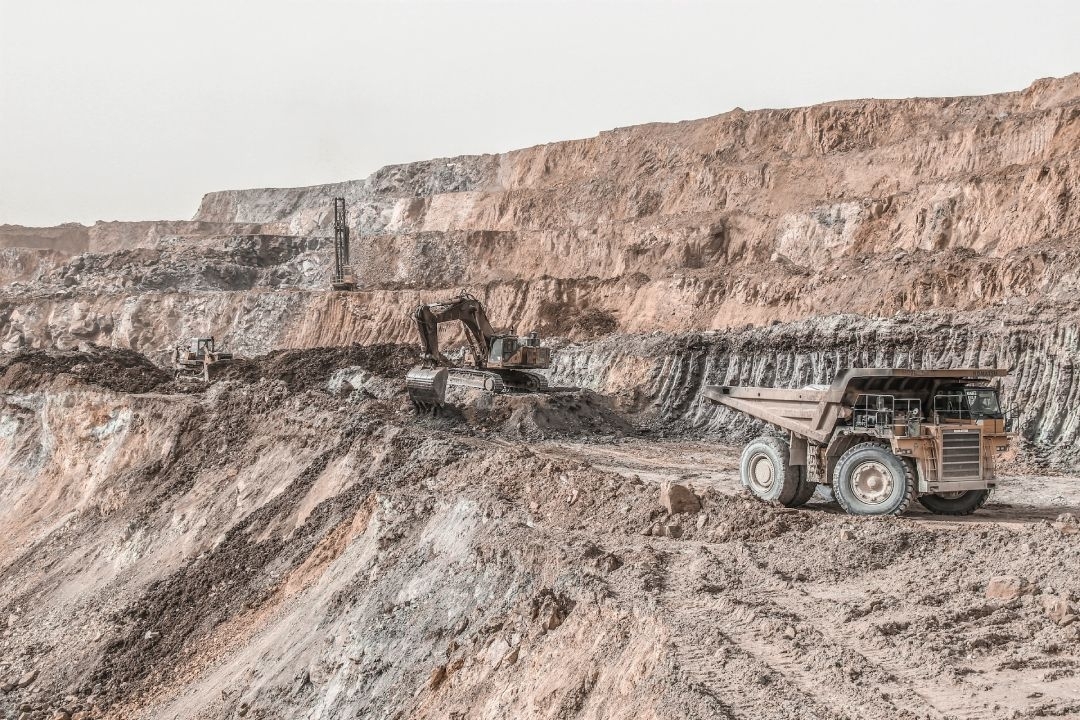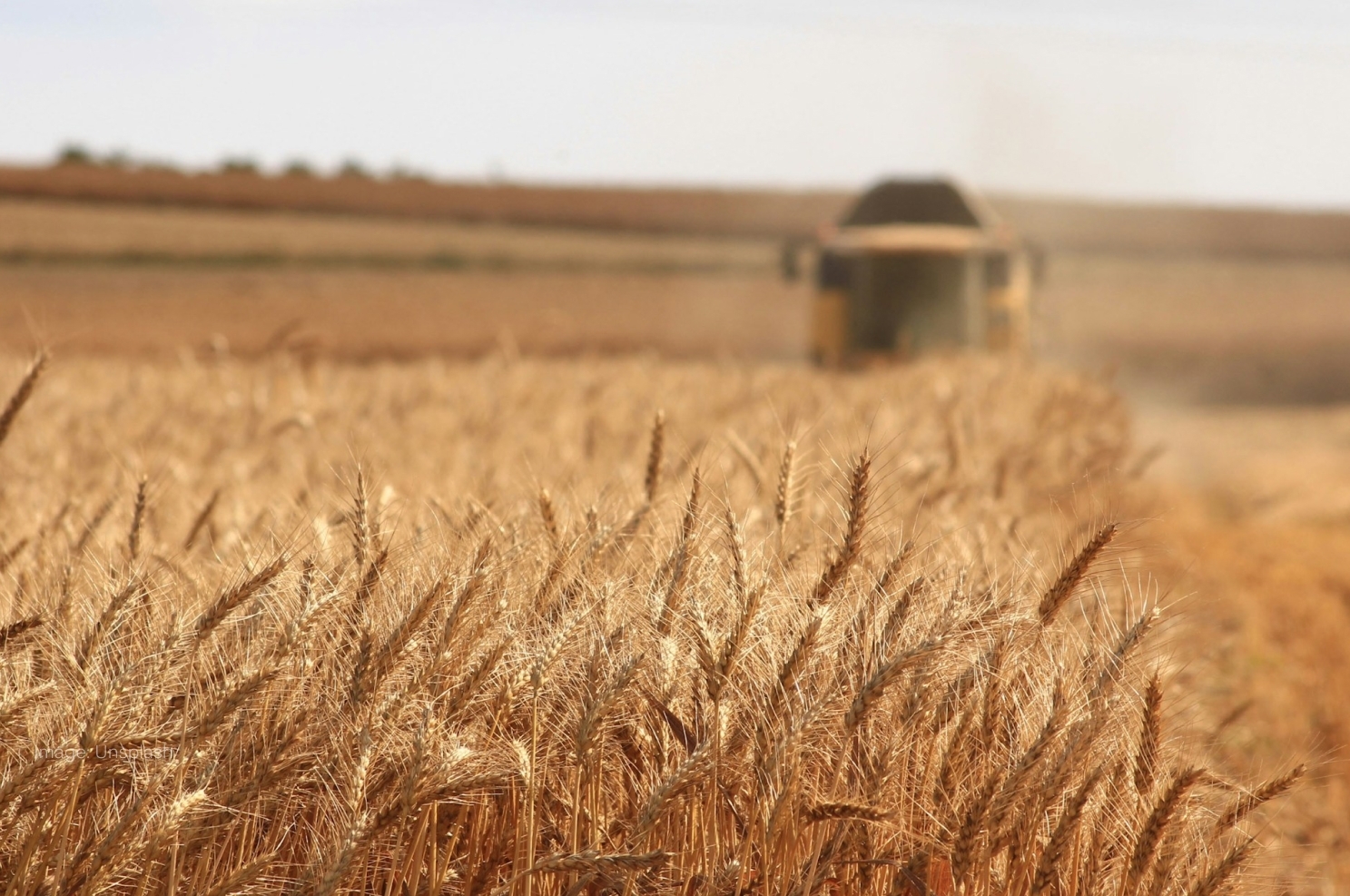
Are these the best ASX rare earth stocks to watch? [2025]
These ASX rare earth stocks provide exposure to the critical minerals required for electric vehicles, renewable energy, batteries and specialty magnets.
What is the biggest rare earth mining company in Australia?
Lynas Rare Earths ($LYC) is Australia's largest rare earths producer. Its rare earth oxide (REO) production volume was 3,212 tonnes in Q4 FY25. It produces separated products like a Neodymium and Praseodymium (NdPr) concentrate.
Discover these rare earth mining companies in Australia available on the ASX
Company Name | Ticker | Share Price | Year to Date | Market Capitalisation |
|---|---|---|---|---|
Lynas Rare Earths | $10.81 | +65.54% | $10.11b | |
Iluka Resources | $5.21 | +1.96% | $2.24b | |
Arafura Rare Earths | $0.18 | +45.83% | $419.28m | |
Meteoric Resources | $0.12 | +38.89% | $330.02m | |
Northern Minerals | $0.032 | +60.00% | $267.43m | |
Brazilian Rare Earths | $2.16 | -6.09% | $243.47m | |
American Rare Earths | $0.31 | +5.00% | $157.96m | |
Peak Rare Earths | $0.32 | +225.00% | $137.74m | |
Lindian Resources | $0.10 | +25.00% | $112.96m | |
Australian Strategic Materials | $0.54 | +2.83% | $109.28 |
Data as of 1 August 2025. Source: Stake, ASX, Google.
*The list of rare earth shares mentioned is ranked by market capitalisation. When deciding what stocks to feature, we analyse the company's financials, recent news, advancement in their timeline, and whether or not they are actively traded on Stake.
Sign up to Stake today and build your watchlist dedicated to the most popular rare earth companies on the ASX.

Watch these 10 Australian rare earth stocks
1. Lynas Rare Earths Limited ($LYC)
Lynas Rare Earths claims its Mt Weld Mine in Western Australia is one of the world's highest grade deposits. The company processes and separates the materials at a plant in Malaysia. They have expanded their downstream processing capacity by building a new facility in Kalgoorlie. Lynas is one of only two major producers of these critical minerals outside of China.
🆚 Compare LYC vs ILU stock comparison→
2. Iluka Resources ($ILU)
Iluka Resources is known as a mineral sands producer, sourcing industrial commodities like zircon for ceramics and rutile used to create titanium. One by product of these operations is a mineral containing rare earths, called monazite. Since the 1990s Iluka has been stockpiling monazite and plans to use the materials to feed their Eneabba rare earths refinery in Western Australia. Iluka has secured a $1.6b loan from the Australian government to develop the facility.
3. Arafura Rare Earths ($ARU)
Arafura Resources is developing the Nolans Project in the Northern Territory. They plan to mine and process the ore into rare earth oxide at a single site, located around 135 km from Alice Springs. The undeveloped project has a proposed 38-year mine life. Arafura has contracts to sell rare earth oxides to Hyundai, Kia, Siemens Gamesa and Trayxas Europe. The company is seeking an equity investment from the German Raw Materials Fund to help finance construction.
4. Meteoric Resources ($MEI)
Meteoric Resources is focused on exploring and developing its Caldira rare earths ionic clay project in Brazil. The company claims it is the world’s highest grade ionic absorption rare earth deposit. Studies show the project would have extremely low operating costs, low capital cost intensity and a multi-decade mine life.
5. Northern Minerals Ltd ($NTU)
Northern Minerals owns 100% of the Browns Range heavy rare earth project in northern Western Australia, which is rich in the heavy rare earth elements dysprosium and terbium. Browns Range’s flagship deposit is Wolverine, which is thought to be one of the highest-grade dysprosium and terbium orebodies in Australia. Northern Minerals is undertaking a definitive feasibility study for a commercial-scale mining and processing operation at Browns Range to process Wolverine ore.
6. Brazilian Rare Earths ($BRE)
Brazilian Rare Earths Monte Alto project in Brazil is a high grade rare earths deposit the company believes can become a world-class district-scale exploration opportunity. The company is undertaking a drilling program to scope out the deposits mineralisation.The shallow nature of the deposit potentially allows for faster development. The company continues exploration at its Velhinhas, Pele and Sulista projects.
7. Ionic Rare Earths ($IXR)
American Rare Earths is advancing the Halleck Creek rare earths project in Wyoming. Located on Wyoming State land, the Cowboy State Mine within Halleck Creek offers cost-efficient open-pit mining methods and benefits from streamlined permitting processes in this mining-friendly state. The company raised $15m in July to advance the Halleck Creek demonstration plant.
8. Peak Rare Earths ($PEK)
Peak Resources is working on the Ngualla rare earths project in Tanzania. Their plans include constructing a mine, mill, concentrator and associated infrastructure. Significant beneficiation and value-adding will be undertaken in Tanzania with ore with a grade of around 4.8% REO being beneficiated into a 45% rare earth oxide. Shenghe Singapore has proposed a $158m takeover of Peak Rare Earths.
9. Lindian Resources ($LIN)
Lindian Resources’ Kangankunde project is 90kms north of the city of Blantyre in Malawi. It is one of the world’s largest rare earth deposits and is top tier in terms of high rare earth grade, and low levels of impurities and radioactive minerals. A feasibility study completed in June 2024 demonstrated that the project has one of the lowest capital and operating cost structures of rare earths projects globally.
10. Australian Strategic Materials ($ASM)
Australian Strategic Materials presented in July the results of a scoping study evaluating a potential first-phase development of its Dubbo Project, focused on rare earth oxide production using a heap leach purification, separation and refining flowsheet. The high-level assessment outlined a potential phased implementation strategy, with the initial phase processing 1m tonnes of material a year to produce separated light and heavy rare earth oxides.
How to invest in rare earth stocks in Australia?
The main way of investing in rare earth metals is through rare earth companies listed in Australia, using an online investment platform.
1. Open a stock investing account
To invest in rare earth shares and ETFs, you'll need to sign up to an investing platform with access to the ASX and Cboe Australia. Lucky for you Stake has access to both stock exchanges.
2. Fund your account
Complete an application with your personal and financial details. Fund your account with a bank transfer, debit card or even Apple/Google Pay.
3. Search for rare earth shares or ETFs
Find the asset by searching for the name or ticker symbol. Do your own research to ensure it is the right investment product for your own circumstances.
4. Choose an order type and buy the asset
Buy on any trading day with a market, limit or stop order. Look into dollar cost averaging to spread out your risk, which smooths out buying at consistent intervals.
5. Monitor your investment
Optimise your portfolio by tracking how the security performs with an eye on the long term. You may be eligible for dividends and shareholder voting rights that affect your shares.
Sign up to Stake today and build your watchlist dedicated to the most popular rare earth companies on the ASX.

What rare earth ETFs on the ASX can I invest in?
There are no ETFS that directly target ASX rare earth stocks. The Betashares Energy Transition Metals ETF ($XMET) portfolio has MP Materials ($MP) and Lynas Rare Earths as its two largest holdings. The Global X Green Metal Miners ETF ($GMTL) has both stocks in its portfolio, but with lower weightings.
What are the risks of investing in rare earths?
Rare earths aren't as unusual as their name suggests, but they are typically found in low concentrations that aren't always economically feasible to extract. This means that projects can be costly. Their chemical similarities make separation difficult and it often requires large amounts of chemicals. A project's geology will affect the final methods used and assessing the viability of these plans may be tough without technical knowledge in some cases.
Many rare earth projects also contain radioactive elements, which can lead to issues with permitting and often related to waste disposal concerns. The prices of individual rare earths can also vary considerably. Projects tend to emphasise their levels of NdPr, Dy and Tb as these tend to attract the highest premiums. On the other hand, the more geologically abundant minerals like cerium are less valuable and contribute less to overall project economics.
Are rare earth stocks a good investment?
There are concerns about the future supply levels of rare earths, especially due to growing demand for permanent magnets in EVs and wind turbines. The importance of rare earths has been highlighted by China’s willingness to restrict exports to provide leverage in trade negotiations. A shortfall in supplies could lead to elevated prices for the minerals and help boost rare earth stocks. However, prices have fallen sharply over recent years amid Chinese overcapacity.
More resources:
✅ Looking for lithium mining companies in Australia?→
✅ Are these the best gold ETFs on the ASX?→
Rare earth stocks FAQs
Rare earths are a group of 17 chemically similar elements found in the earth's crust. They include 15 lanthanides found at the bottom of the periodic table. These are lanthanum (La), cerium (Ce), praseodymium (Pr), neodymium (Nd), promethium (Pm), samarium (Sm), europium (Eu), gadolinium (Gd), terbium (Tb), dysprosium (Dy), holmium (Ho), erbium (Er), thulium (Tm), ytterbium (Yb), and lutetium (Lu). There are two additional elements, scandium (Sc) and yttrium (Y).
They have unique properties that make them valuable in various technological applications that make rare earths strategic materials.
Rare earths are necessary for the production of several high-tech goods and cutting-edge technologies. They are employed in the manufacture of a variety of electronic equipment, including batteries, lasers, superconductors, phosphors, and magnets. Nd and Dy, for instance, are essential for the creation of permanent magnets used in EVs and wind turbines. Cerium and lanthanum are used in automotive catalytic converters. Energy-saving lighting products like LED (light-emitting diode) bulbs are made from Tb and Eu.
While rare earth elements are found in various locations worldwide, China has historically been the dominant producer. China’s controls extend further up the supply chains and they have developed great expertise in rare earth refining. The U.S. is considered as the second largest producer, mainly through their Mountain Pass operations.
Lynas ensures Australia is another top producer. Several other countries could become sources of rare earth in the future, with projects potentially reaching production in places like Tanzania and Uganda. Vietnam, Russia, Brazil, Greenland and India have also reported large reserves of rare earths.
Disclaimer
The information contained above does not constitute financial product advice nor a recommendation to invest in any of the securities listed. Past performance is not a reliable indicator of future performance. When you invest, your capital is at risk. You should consider your own investment objectives, financial situation and particular needs. The value of your investments can go down as well as up and you may receive back less than your original investment. As always, do your own research and consider seeking appropriate financial advice before investing.
Any advice provided by Stake is of general nature only and does not take into account your specific circumstances. Trading and volume data from the Stake investing platform is for reference purposes only, the investment choices of others may not be appropriate for your needs and is not a reliable indicator of performance.
$3 brokerage fee only applies to trades up to $30k in value (USD for Wall St trades and AUD for ASX trades). Please refer to hellostake.com/pricing for other fees that are applicable.


